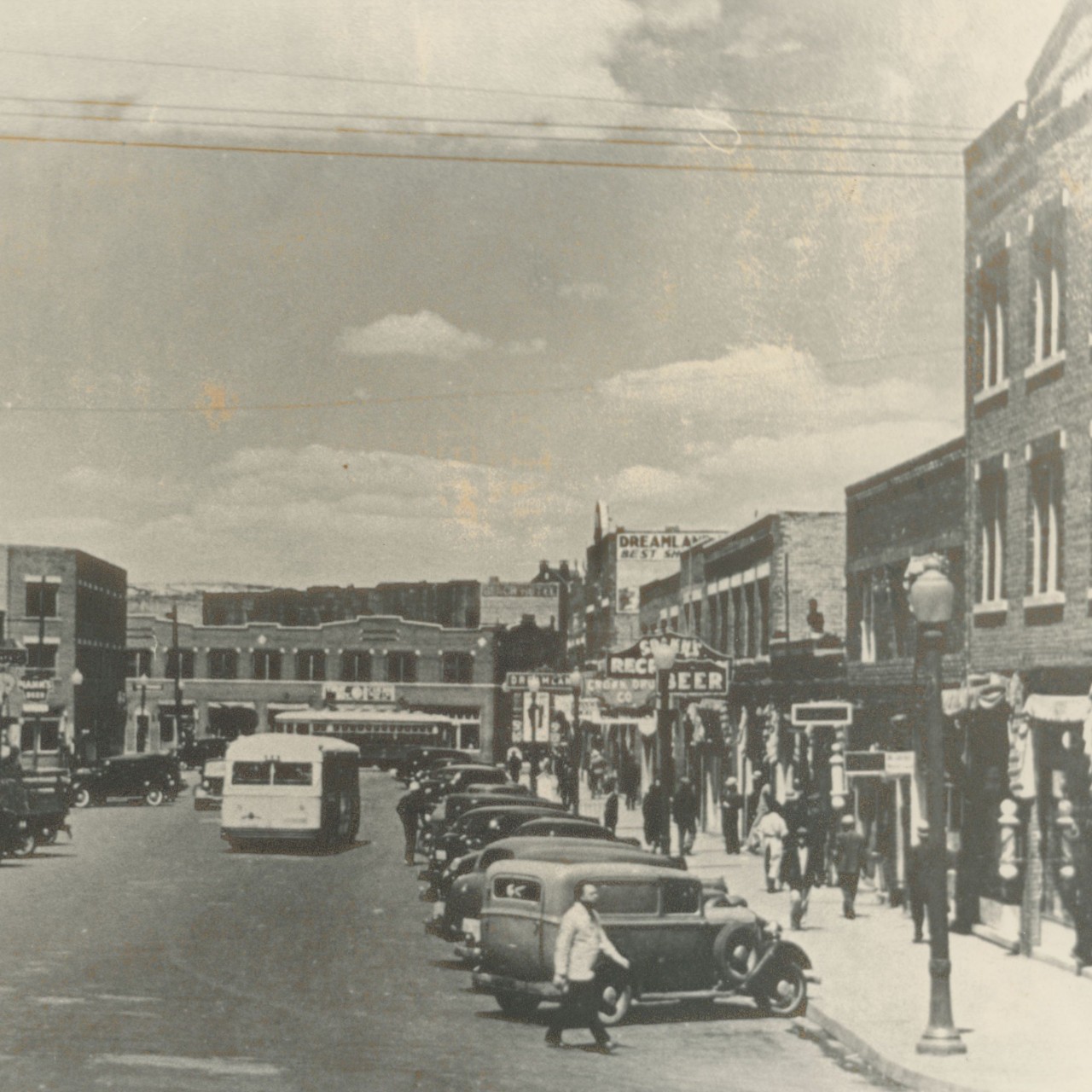A variety of tools, including remote sensing, will be used by the Oklahoma Archeological Survey, based at the University of Oklahoma, when it begins investigating Oaklawn Cemetery, Newblock Park and Rolling Oaks Memorial Gardens, formerly Booker T. Washington Cemetery -- initial target sites of the 1921 Tulsa Race Massacre mass graves.
“We are honored to be part of this historic investigation, to help bring closure to those members of the community who were most affected in 1921. Our initial team for this will be senior researchers, the Oklahoma State Archaeologists and graduate students, but we are open to working with the Oversight Committee for any additional instructions. We will know more after our initial use of the equipment,” said Amanda Regnier, director of the Survey.
The physical evidence investigation will be led by University of Oklahoma faculty member and senior researcher in the Oklahoma Archeological Survey Scott Hammerstedt.
Remote sensing measures contrasts between archaeological features and the natural background. In Tulsa, the team plans on using magnetometry, electrical resistance and ground-penetrating radar. Of course, this may change once they get on site and begin the process.
Magnetometry uses the earth’s magnetic field to detect subtle magnetic variations in soil. Whenever humans dig a hole, start a fire or plow a field, that activity can make the soil more magnetic. The strength of the variation can indicate something unexpected in the lower layers of the dirt. People build fires, build structures, bring in stone and other materials from far away; all of this affects the magnetism of the dirt. Magnetometers are fast, easy to operate and can cover a large area.
Electrical resistance measures the resistance, or moisture content, of soil to an electrical current. This method looks for changes in the soil, such as brick, compacted soil, pits or paths. The earth features low contrast because those things hold moisture. Electrical resistance is useful for older sites, such as prehistoric sites. It is not affected by metal and can detect subtle anomalies. It is slower and can be affected by current soil conditions.
Ground-penetrating radar uses an antenna to send a radar pulse that reflects off of a buried object. The velocity of waves changes depending on the material through which they travel, allowing researchers to determine how deep the anomaly might be. Ground-penetrating radar is often used in cemeteries to discover where remains may or may not be buried.
Once the ground survey process is complete, the Survey team will present their findings to the City of Tulsa and Public Oversight Committee.
If anomalies are detected by the equipment, the City of Tulsa, with the help of the Public Oversight Committee, will determine if the second phase of the investigation will continue, which could include seeking assistance from the Oklahoma Office of the Chief Medical Examiner with excavation and cause of death determination. The cause of death determination would be an important step to the investigation as remains will be close to 100 years old and a Spanish Influenza outbreak occurred in Tulsa in 1919 prior to the Race Massacre in 1921.
Oral history and stories from the 1921 Tulsa Race Massacre have been passed down from generation to generation. If anyone has information or a story to share that will help with the 1921 Tulsa Race Massacre Graves investigation, visit www.cityoftulsa.org/1921graves.



